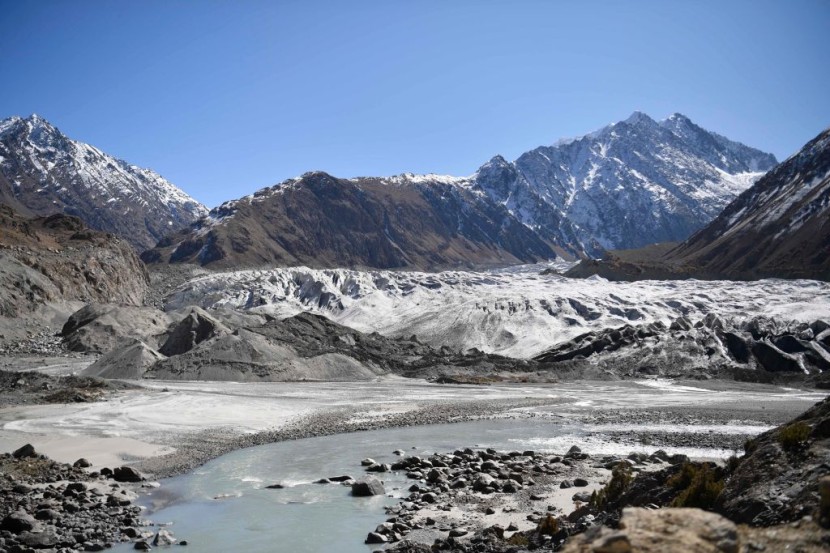
Scientists from across the world have issued a dire warning that if global warming continues to go unrestrained, glaciers in the Hindu Kush area of the Himalayan mountains might lose as much as 80% of the ice by the end of this century.
Floods, landslides, avalanches, and food shortages as farmland is swamped are all things the report claims would result from glaciers melting. And it will reportedly directly affect billions of people in Asia.
The International Centre for Integrated Mountain Development (ICIMOD) in Nepal found that the melting of such a large freshwater supply might have far-reaching consequences, even for the whole human population.
Izabella Koziell, deputy director general of the ICIMOD, told CBS News this week that the fast glacier melt in the Himalayas will have global repercussions.
"Even if this feels remote to us sitting far away, it is going to affect us - whether that is through mass people movement or sea-level rise," Koziell pointed out. "When the glaciers in the Himalayas melt, the ice sheets in Greenland, Arctic, and Antarctic are also melting. This means there will be sea level rise, there will be quite dramatic changes in ocean circulation as a result of the increase in freshwater into oceans, and this will have huge impacts on us."
Study on Himalayas Ice and Snow Reserves
The recent research report warns that Hindu Kush Himalayas (HKH) ice and snow reserves are melting at an "unprecedented" pace. It also indicates that environmental changes to the vulnerable area are "largely irreversible."
Including Mount Everest, the HKH region's greatest peaks cover around 2,175 miles from Afghanistan to Myanmar. It is the source of water for 12 rivers that go through 16 Asian countries and has the highest amount of ice on Earth outside of the two polar regions.
Approximately 240 million people in the HKH area and roughly 1.65 billion people farther downstream rely on the freshwater provided by these rivers.
A catastrophic event for all those people would be the glaciers melting. According to the paper, widespread population displacement is expected as a result of harsh weather occurrences and crop loss.
Scientists have connected the increasing frequency and severity of natural catastrophes like floods and avalanches in the Himalayan area to climate change and global warming, and this trend has been apparent for at least the last decade.
Demand for Immediate Climate Action
Researchers are urging swift action to curb global warming and save as much of the Himalayas' ice sheet as possible.
"To prevent additional ice loss, greenhouse gas emissions must be reduced through the use of clean and renewable energy sources," Professor Anjal Prakash, an author on the UN's Intergovernmental Panel on Climate Change (IPCC), stated, adding that collaboration among Himalayan states and international organizations is necessary.
To keep global warming below 1.5 degrees Celsius, the UN's IPCC predicts greenhouse gas emissions must peak before 2025 and be cut by 43% by 2030. The present trajectory of the planet is not sustainable if those goals are to be maintained.
© 2025 HNGN, All rights reserved. Do not reproduce without permission.








